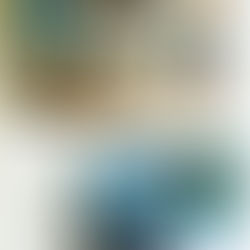

A Solitary Gaze: Eye Level by Jenny Xie
“Suffering operates by its own logic. Its gropings and reversals. Ample, in ways that are exquisite.” I am inclined to agree with Jenny...


New Ways to Howl: Calling a Wolf a Wolf by Kaveh Akbar
While reading Kaveh Akbar’s marvelous debut collection Calling a Wolf a Wolf, I was reminded of a quote from Dan Beachy-Quick’s essay...


Diagram of a Tongue: Silent Anatomies by Monica Ong
Silent Anatomies by Monica Ong is unlike any book of poetry I have ever encountered. It’s no wonder Joy Harjo selected it as the winner...


Grief is a Question: How to Prove a Theory by Nicole Tong
“Given / the practice to call things gone, / how shall I speak of the line, / which neatly remains?” This question is at the heart of...











































